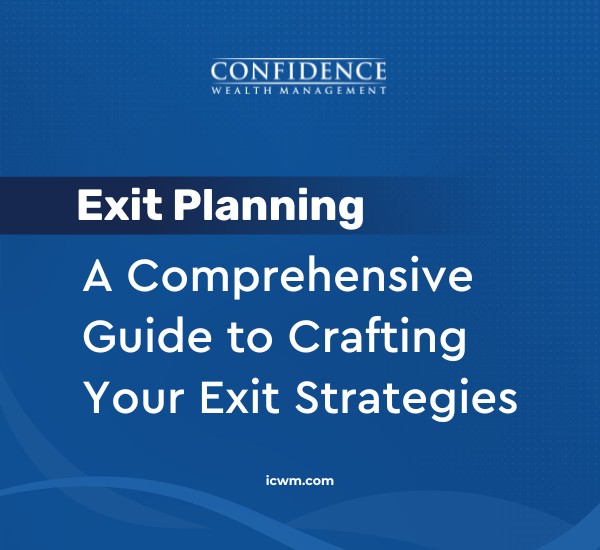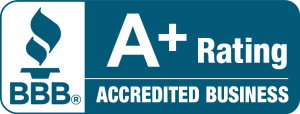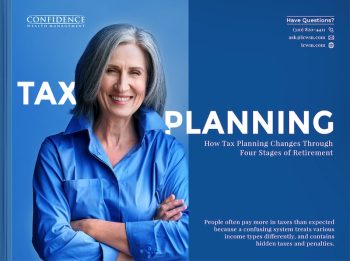The tax code is dense and complicated, and it’s easy to make mistakes.
Even if you do everything else right, making only one or two tax mistakes can cost you a fortune.
In this article, I’m going to show you a few simple solutions to help you avoid the most common tax mistakes people can make while investing.
Here are seven tax investment mistakes people often make.
1. Under-Utilizing Tax-Advantaged Accounts
Certain accounts – like 401(k)s and IRAs – are designed for long-term investing and retirement planning. They’re designed to give retirees an advantage by avoiding certain taxes.
For example, they may let you save your money tax-deferred or take distributions tax-free after you retire. But while you might be generally aware of these accounts and even use them a little, we find that many people don’t maximize the potential of these accounts.
You could be leaving money on the table by not making use of all the features these accounts have to offer.
2. Selecting the Wrong Account Type
Your account should match your investment needs.
Think about your unique circumstance and shop for the account that will most fit your needs. Avoid going with whatever is “in” right now or what your friend at work uses just because it’s easy.
People sometimes resist changing from a “familiar” account because they’ve become comfortable. This familiarity can cost you a lot of money because converting to a new account can offer many tax advantages.
3. Mistakes in Giving Charitable Donations
Different donating methods have different tax advantages.
For example, we often see people make a cash donation to maximize their return. This seems smart at a glance, but donating stock that’s appreciated might be a better option since it lets you avoid capital gains tax and bunch your donations.
4. Less Than Optimal Account Choice
Investors often diversify their portfolios, but tax efficiency looks different depending on your investments and accounts. Ideally, you want your overall portfolio to have the greatest possible tax efficiency.
Stay informed about tax code updates and how they might apply to your investments (now and in the future) to avoid any additional taxes.
5. Allowing Ongoing Tax Losses
Sir John Templeton, a famous investor, observed that “through reluctance to sell, more than one investor has avoided the capital gains tax but lost the capital gain itself.”
Don’t be so scared of taking a loss that you miss out on the gains you can reap by doing so. Tax loss harvesting is a strategy to reduce your taxes by selling investments when they are down and (after waiting the required 30 days) replacing them with “reasonably similar” investments.
It’s a way to offset your income or gains with the previous losses and avoid falling into the trap Templeton mentioned.
6. Misunderstanding Dividends
Many investors forget that dividends are income, too.
That means that stocks that pay high dividends may force your income into a higher tax bracket, increasing your tax burden.
This can put a surprising stock payout in a new light. Inspect your investments and factor in the dividends you can expect to receive each year. You can be sure the IRS will.
7. Overlooking Your State of Residence
Federal tax requirements take up so much attention that it’s easy to overlook the impact your state taxes can have.
When you plan your tax strategy or your next move, pay attention to your state’s tax rate. The highest income tax states are California at 13.3%, Hawaii at 11%, and New Jersey at 10.75%.
Solutions
Now that you’re aware of the most common mistakes, let’s get into some solutions.
- Do Research: Investigate all account features before you invest so you’re aware of potential pitfalls and can avoid them.
- Strategically Place Your Investments: This is known as strategic asset allocation, and it can make a huge difference.
- For example, Consider using donor-advised funds (DAFs) for charitable giving.
- Make a Long-Term Plan: Investing is a long game. It pays to look out as far as you can.
- Plan how to transfer or roll over funds later to make the most of retirement taxes.
- Think about how you want to use your money on a large scale.
- Go for long-term capital gains with low dividends when you can.
- Consult a Professional: There’s always someone who knows more than you. In investing, it can pay to take advantage of that person’s insight.
- Don’t Panic: Make sure you understand the long-term benefits of your portfolio. If you do, you’ll be less tempted to make an impulsive, short-term choice.
Conclusion
There are a lot of ways to go wrong when it comes to foreseeing and planning for your future taxes, but there are also many ways to profit if you know what to do.
As experienced financial professionals, we help clients like you figure out the best retirement plan for their situation, so that when they’re ready they can retire gracefully with peace of mind.
Please connect with us and let us help you plan for your dream retirement. We would be delighted to go on the journey with you.










